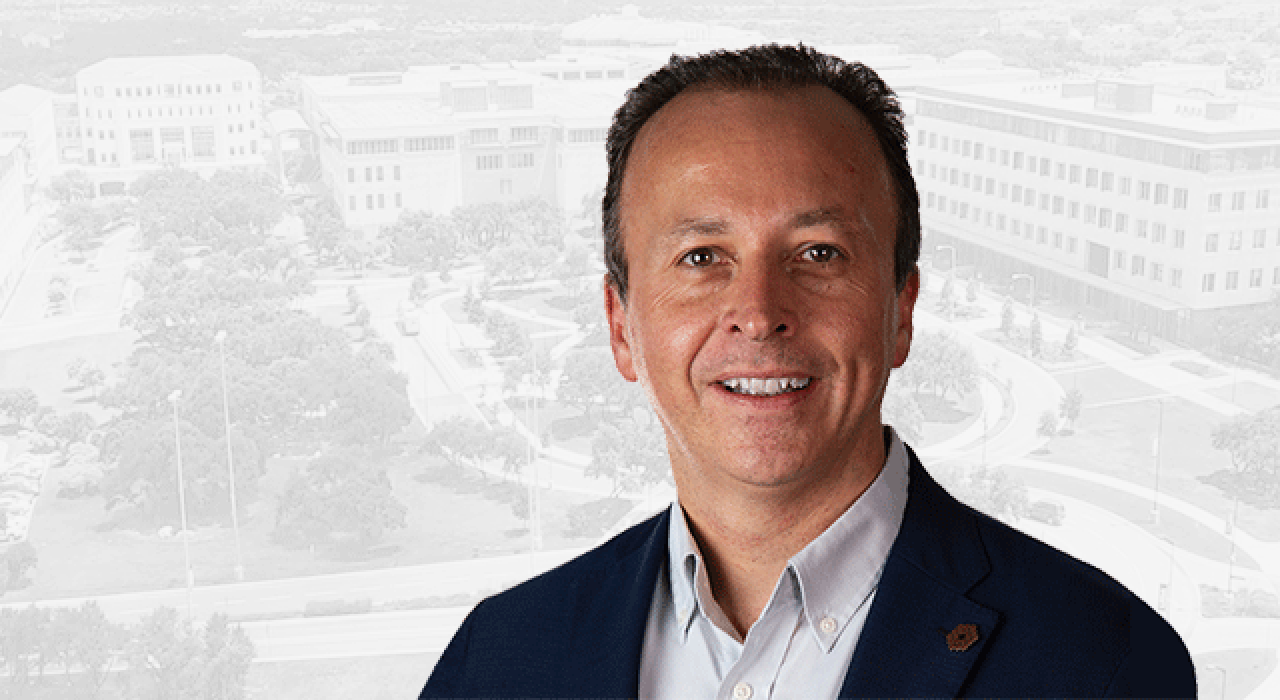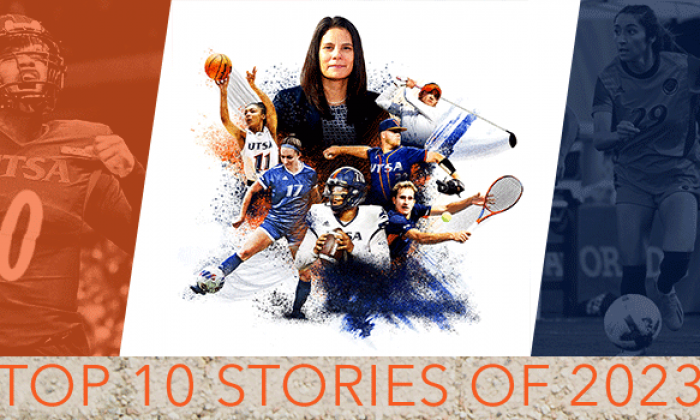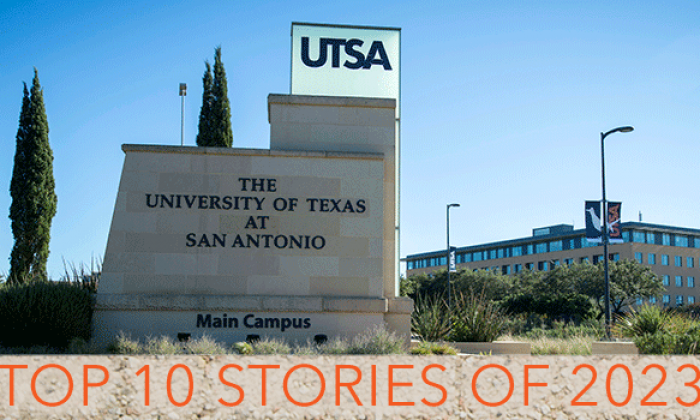SEPTEMBER 26, 2023 — The contemplation of life beyond Earth has endured since the dawn of humanity. Today, scientists are equipped with formidable technology to answer the age-old question, “Are we alone?”
The Habitable Worlds Observatory (HWO) will be NASA’s next generation big telescope project following the success of the James Webb Space Telescope (JWST). The observatory’s goals are to search for signs of life on potentially habitable exoplanets as well as pursue a broader understanding of the cosmic frontiers in the coming decades.
And UTSA professor Chris Packham was selected to be right in the middle of it.
NASA recently announced the selection of the Science, Technology, Architecture Review Team (START) to include Packham. He is among 28 individuals, half of which come from academia, who will help guide the advancement of technologies employed by the HWO.
“It’s incredibly exciting to help ensure international science frontiers will be revolutionized, enabling humanity to have a firmer understanding of our place in the universe.”
“Part of my role is ensuring that the instrumentation, the observatory design, and the general technology is proven to enable observations as diverse as galaxies and supermassive black holes to habitable worlds, so called exoplanets,” Packham, an astrophysics professor in the UTSA Department of Physics and Astronomy, explained. “Distinct from the infrared optimized JWST, HWO will operate at similar wavelengths to those which our eyes use. It’s incredibly exciting to help ensure international science frontiers will be revolutionized, enabling humanity to have a firmer understanding of our place in the universe.”
Packham, an expert in the study of black holes, regularly uses some of the largest telescopes on Earth, located in Hawaii, Chile and La Palma, for his research. Additionally, he co-leads GATOS, a team of international scientists that was awarded time on the JWST telescope for research on black holes in both of the first two highly competitive observing opportunities.
As part of START, Packham joins a group of diverse experts in astrophysics, engineering and exoplanetary sciences that will help establish fundamental science goals for HWO and how to best accomplish them. The group’s input will also serve as a critical foundation for future cosmic exploration projects.
“It’s a thrill, privilege and honor to be part of this group of very impressive persons having these initial discussions,” Packham said. “What we’re trying to do is retire all the risks and unknowns way before we initiate the build phase. We’re looking forward to aiding in a revolution of the paradigm, potentially transformative to many around the world. This is really, really exciting.”
The Decadal Survey on Astronomy and Astrophysics 2020 (Astro 2020), a roadmap of goals for the astronomy community, proposed HWO as a top priority.
To inform future flagships such as HWO, NASA established a “Great Observatory Mission and Technology Maturation Program” (GOMAP). GOMAP will focus on technologies NASA has previously invested, advance new and promising ones, and implement lessons learned from past missions.
START and a Technical Assessment Group (TAG) will coordinate with the border science, technology and engineering community to guide the GOMAP activities for HWO.
The planning teams will also establish a mentorship program, with START and TAG members serving as mentors to early-career researchers. The mentorship program will provide career development and networking opportunities to support the growth and involvement of future HWO experts, to broaden and diversify the set of institutions and individuals connected to HWO.
“Grand projects such as HWO take so long to develop that we have to pass on the developmental skills to the next generation whilst we’re working on it. We want to ensure there’s a diversity of people who get involved in this, a breadth of geographical reach, a span of scientific reach, and early career individuals who are going to be the ones that use this and help us design it. This idea of internships is really, really important,” Packham said. “I’m encouraging UTSA students to get involved in this incredible opportunity.”
The planning teams will convene their first meetings from October 31 to November 2 in the Washington, D.C., area.



